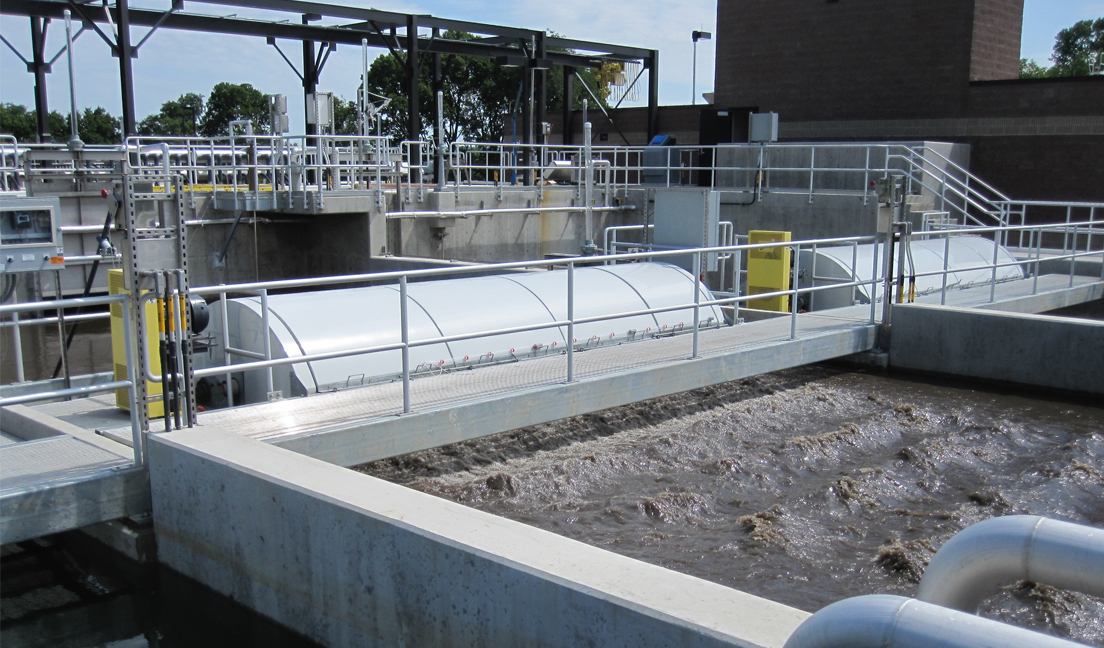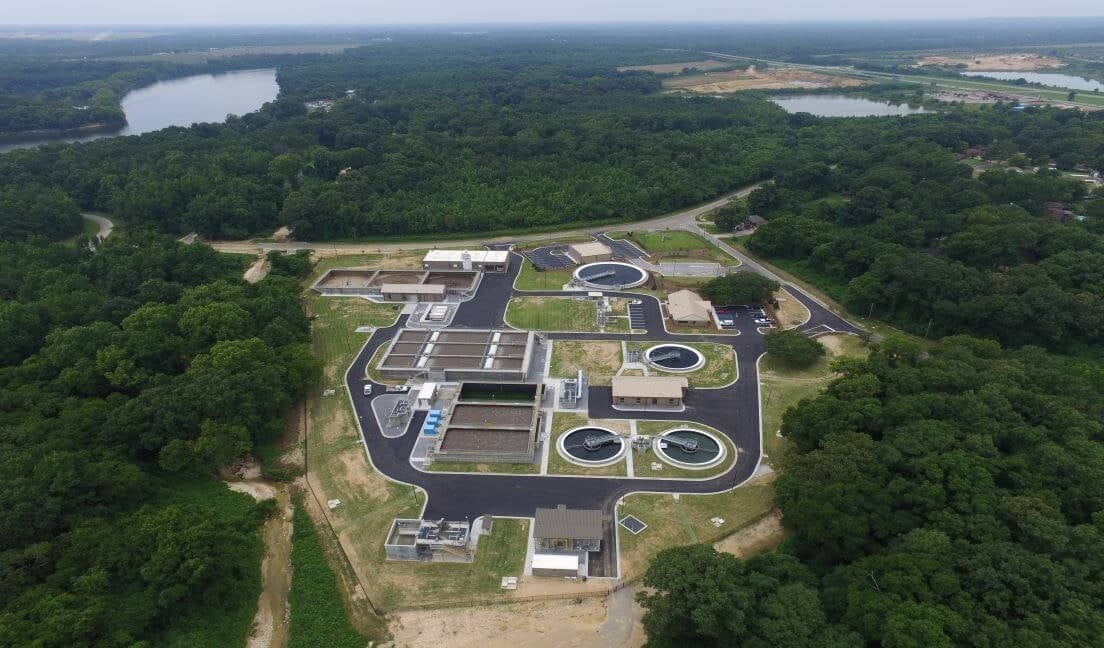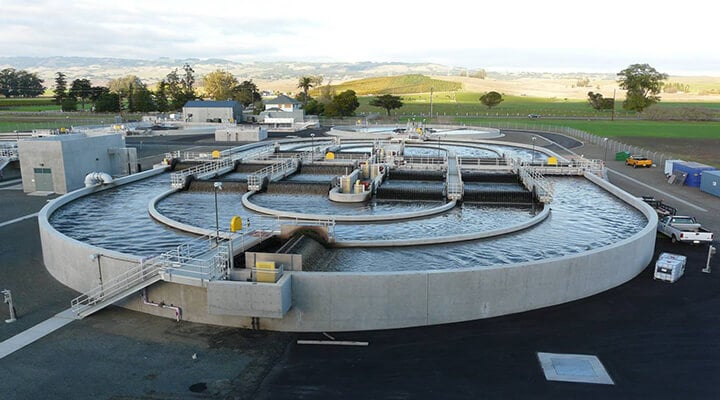The city of Lancaster, located near the Hocking River in south central Ohio selected Evoqua to expand their existing wastewater treatment facility to address population growth and expected future industrial growth.
Challenge
The Upper Hocking Water Pollution Control Facility has been in operation since 2011. Originally designed to treat 2.0 million gallons per day (MGD), the facility includes a VLR® system from Evoqua along with a membrane bioreactor system to meet discharge quality requirements for the nearby Hocking River. Due to population growth and the need to improve treatment capabilities by producing high-quality effluent to be used in manufacturing and other applications, a solution was needed to expand capacity.
Solution
The decision to expand the existing VLR system was the most cost-effective solution to double the size of the treatment facility.
Evoqua’s VLR system utilizes looped reactors in series that allow dissolved oxygen stratification, providing simultaneous nitrification/denitrification in a smaller footprint. This process was adapted from Evoqua’s Orbal® Multichannel Oxidation Ditch system with similar tankage; however, the system has been flipped on its side. It uses the same surface-mounted discs to provide mixing and delivers oxygen with an upper and lower compartment, separated by a horizontal baffle. The power cost of the VLR system is 20 to 30 percent lower than other conventional biological nutrient removal (BNR) processes. Typically, two or more tanks make up the system, with the first tank operating as an aerated anoxic reactor.
The average daily flow would increase to 4.0 MGD with a peak hourly flow of 14 MGD by adding a second train of three tanks to the existing system. This expanded system will improve treatment capability by producing a high-quality effluent to be used in manufacturing and other applications.
The Upper Hocking WPCF will be expanded to treat 4.0 MGD with an average daily flow of 14 MGD doubling capacity to meet future requirements.
" The City of Lancaster has been pleased with the operation of the Upper Hocking Water Pollution Control Facility. The original plant was designed in a modular manner to expand the system as flows increase allowing the city to add to the previous design and double the capacity of the existing plant in a fairly simple manner. The City looks forward to the completion of the expansion and incorporating of the new system with the old to meet the increased local treatment needs. "
Results
The expansion of the Upper Hocking Water Pollution Facility is expected to be commissioned in mid-2024. Arcadis Engineers worked closely with Evoqua to provide the engineering and design, with Kokosing Industrial, Inc. serving as the general contractor.

